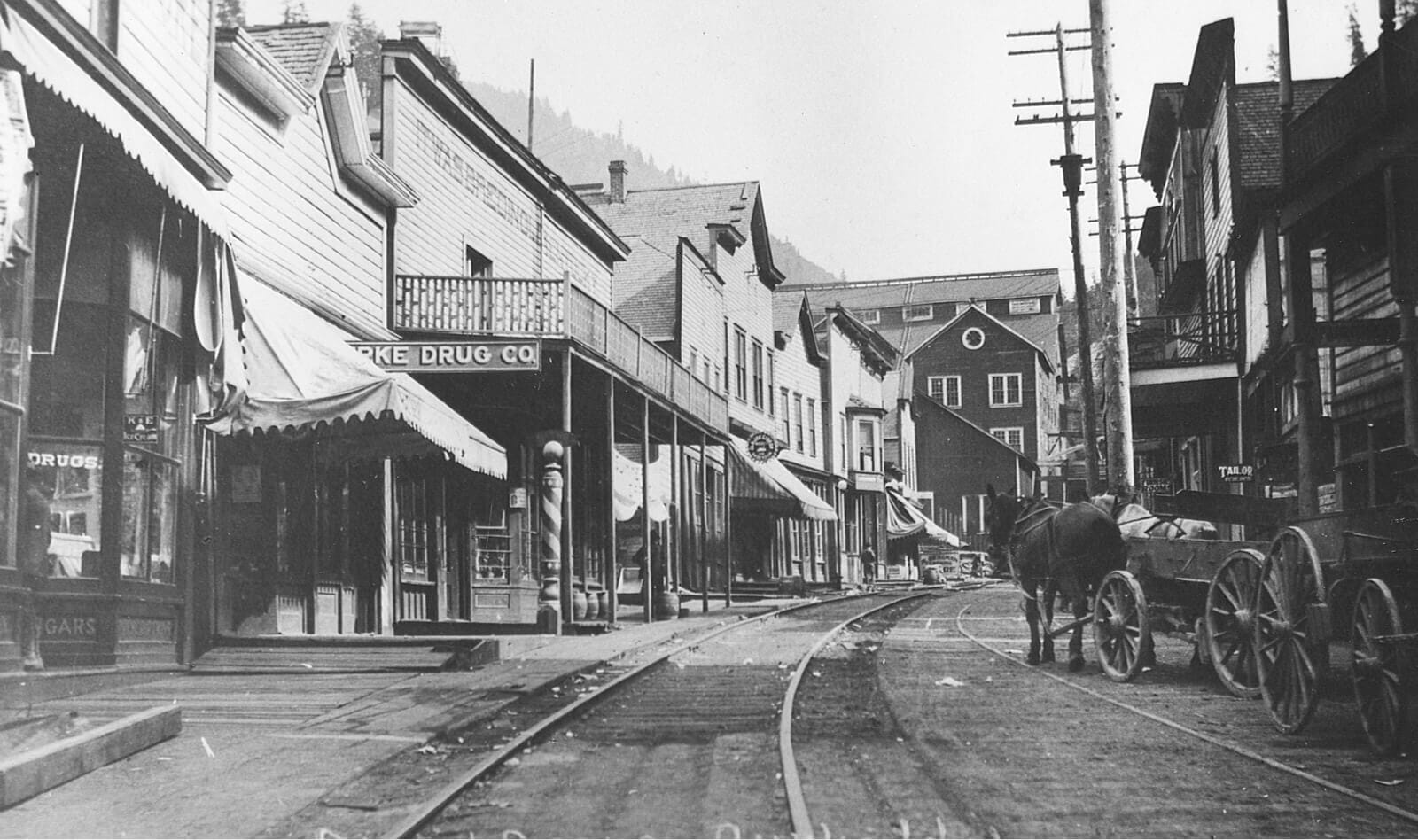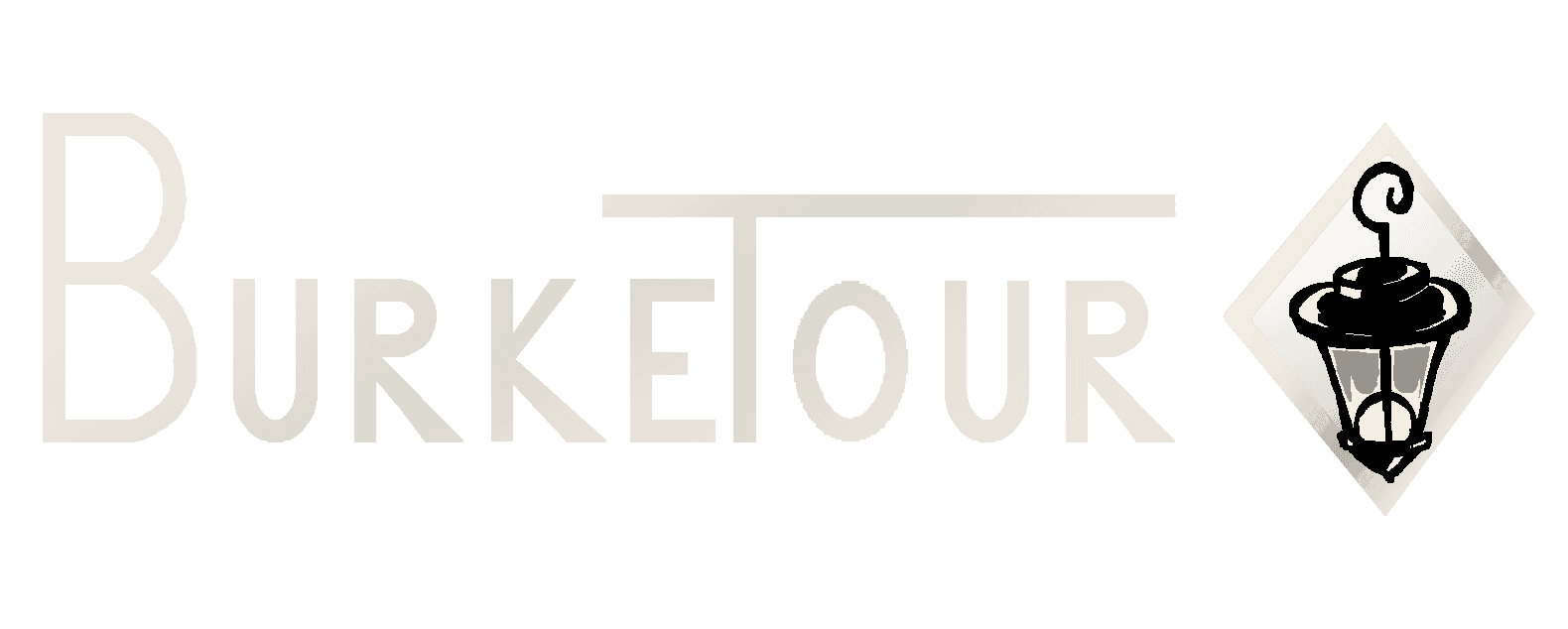Mining Affairs

Charlie Mooney Talks about the Mining conflicts
On July 10th, 1892, armed union workers met in the hills above the Frisco Mine. Other miners from different communities came to the strike in support of the cause. The miners opened fire at 5 pm on July 11th. Guards and workers in the mill building down the mountain returned fire at the strikers. The guards and Strikebreakers were prepared for a long standoff, having been warned by Charlie Siringo.
Both sides began shooting to kill the opposition. After three and a half hours of gunfire, the strikers floated a bundle of dynamite down a sluice into the mill, destroying the building and killing one of the strikebreakers. After this, the remaining guards and strikebreakers surrendered and were informed of a spy in their midst.
At the end of the day 6 men were killed, 3 on each side, and 150 Strikebreakers and Guards were held prisoner in the union hall.

The Main Road Of Burke

The Frisco Mine and Mill

Charlie Siringo
Minutes after the explosion hundreds of miners met at the spy’s boardinghouse. But Charlie had sawed a hole in the floor and covered the hole with a trunk. He then proceeded to crawl a block and a half under a wooden sidewalk before escaping into the woods; all while hearing the Strikers talk about having a spy among them.
On the evening of July 11th, about 500 of the Strikers left Gem by train, traveling to the Bunker Hill Mine in Wardner. Not knowing what was happening, the Strikers put explosives under the ore mill and waited. The next morning the Strikers gave the management of the mine an option to fire all of the non-union workers, or to have their mill destroyed. They chose to release all of the non-union workers.
While the men waited to board a boat on the Coeur d’Alene lake some of the Striking miners fired again, at least 17 non-union workers were wounded; hundreds others decided not to wait for the boat and hiked out of the area.
The miners considered the battle over and issued a statement called, “The unfortunate affair at Gem and Frisco”.
Funerals were the afternoon of July 13th, where 3 union members were buried, along with 2 company men.
The Governor called for Martial law and ordered 6 companies of the Idaho National Guard to, “suppress insurrection and violence.” Federal Troops arrived and put 600 men in Bullpens without any formal charge. Some of the men were later arrested formally for violating injunctions and obstructing the US mail.
After the troops had secured the people, Siringo came out of hiding to identify the union leaders, and the men who participated in the attacks on the Gem and Frisco mines. He wrote in his journal, “as I knew all the agitators and union leaders, I was kept busy for the next week or so putting unruly cattle in the bull pen, a large stockade with a frame building in the center for them to sleep and eat in.” Siringo then went back to Denver. The Martial law and Military rule lasted for 4 months.
One of the union leaders, George Pettibone, was convicted of Contempt of Court, and Criminal Conspiracy. Pettibone was sent to Detroit and held until the Supreme Court decided to let him go. The court concluded that the prisoners were held unlawfully, and all of them were set free.
